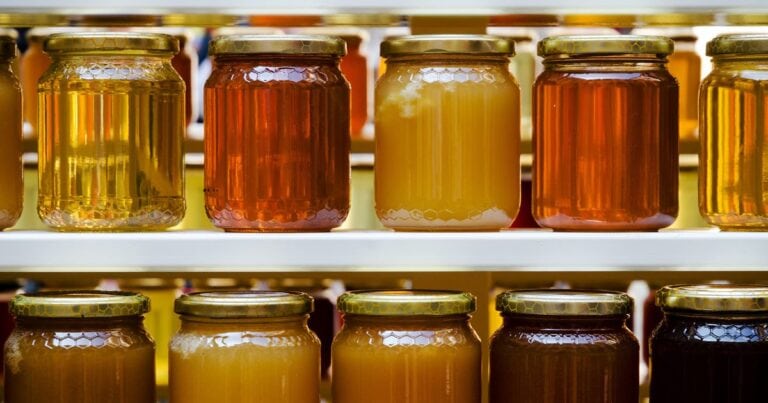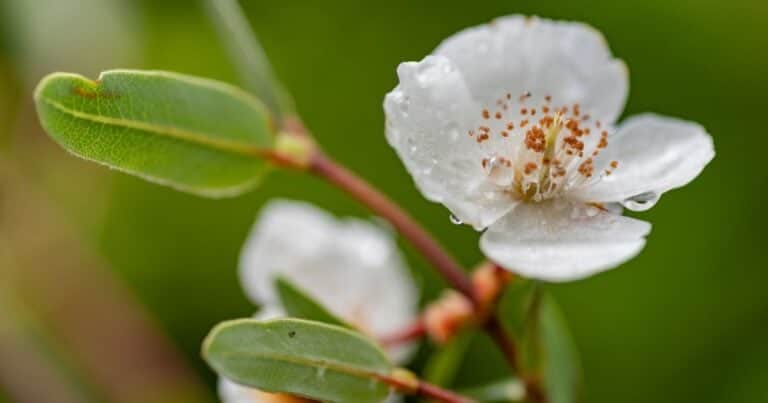Bees in Judaism
Bees in Judaism: Samson’s Riddle I’ve always been fascinated with traditional stories about bees. A little while ago, I looked at how bees have been…
Bees in Judaism: Samson’s Riddle
I’ve always been fascinated with traditional stories about bees. A little while ago, I looked at how bees have been mythologised by cultures across the world. They have appeared in many sacred texts, from the Bible to the Koran to Hindu Sanskrit literature, and are symbols of community, brightness and personal power. This was shown in ancient Greece, when Apollo gave a gift of prophecy to Hermes in the form of three bee maidens. In Africa, as the Kalahari Desert San people recall a bee that carried a mantis across a river; the mantis transformed into the first human. And in Hindu mythology, where the bowstring of love-god Kamadeva’s bow is made of sugarcane, covered in bees.
Recently, I have become interested in the symbolic association of bees and honey in Jewish lore and religion. In the Jewish Torah– or, the five books of Moses and overall body of Jewish religious teachings– there are many references to bees and honey. In fact, in the Torah, God described Israel as a “good and spacious land, a land flowing with milk and honey”. So what does this meaning exactly? This description connotes a fertile land, abundant and nourishing. The Midrash– an ancient commentary on the Hebrew scriptures– actually explains that milk symbolizes superior quality, richness and nourishment, while honey represents sweetness.
There is a particularly remarkable story found in the Book of Judges known as the riddle of Samson. Samson was the last of the judges of the ancient Israelites, and one of the last leaders who “judged” Israel before the institution of the monarchy. It is understood that Samson wagered a riddle to thirty Philistine guests, an ancient people known for their conflict with the Israelites. The riddle goes: “Out of the eater, something to eat; out of the strong, something sweet” (Judges 14:14).
What made the riddle especially complicated for the guests was that it was based on a personal and quite secret experience of Samson: he had killed a young lion only to find bees and honey in its corpse. In turn, the riddle’s answer is: “What is sweeter than honey? What is stronger than a lion?” (Judges 14:18). As the private nature of the riddle made it impossible for the guests to solve, they persuaded Samson’s wife to tell them the answer. The winner’s prize for guessing the impossible riddle was 30 soft undershirts and suits, for which Samson slew 30 Philistine men to pay the terms.
Story has it, that Samson bare-handled and killed the lion that was about to attack him, and when he returned to the corpse later, there were bees swarming from the carcass. He then put his hands inside the animal, and scooped honey from the lion’s dead body, eating some himself. He doesn’t tell anyone that he eats the sweet honey, but it remains, forever, the key to the impossible riddle.


